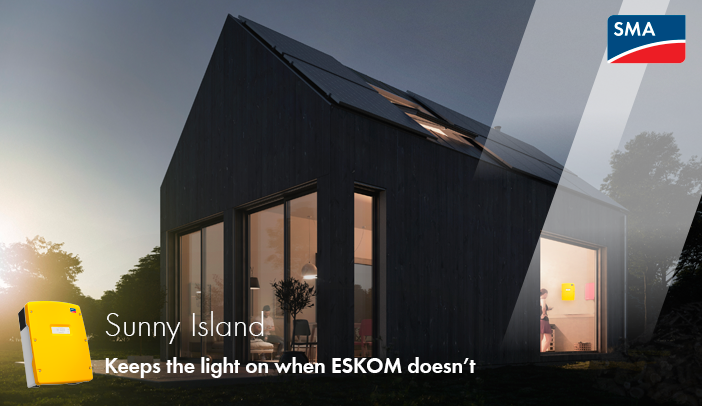- Omnia Holdings has commissioned a 5MW solar PV plant at their Sasolburg operations.
- The JSE listed company manufactures and supplies chemicals and specialised services and solutions for the agriculture, mining and chemicals application industries.
- Omnia expects to generate close to 10 500 MWh a year from phase 1 development of the plant, saving at least R12 million per annum in energy costs.
- The plant has been fitted with SMA Sunny Highpower PEAK3 inverters.
Seelan Gobalsamy, CEO at Omnia Group, also broke ground for the second phase of the Solar Plant, further reinforcing the company’s stance on future renewable energy initiatives. Both phases of the solar project aim to augment the electricity supply at the Sasolburg plant and reduce the Group’s dependency on coal-fired power sources and the national grid.
The plant boasts over 11 000 bi-facial solar PV (photovoltaic) panels, meaning the back of the panel can absorb reflective light – boosting the solar plant’s energy efficiency and generating capacity. Together with Omnia’s ability to produce electricity from excess process steam from their nitric acid plants (co-generation), this will supplement between 25% and 35% of the Group’s electricity requirements at the Sasolburg operations.
Both solar projects are particularly significant as the country contends with indefinite loadshedding due to constraints in the national power grid. The issues facing the national power utility are enormous and complex, requiring the joint co-operation of the public and private sectors to resolve them.
Gobalsamy stated: “There has been a call for all stakeholders to work together to find resolutions to the country’s energy crisis which impacts all of us. We are exceptionally proud to do our part to alleviate the electricity challenges and reduce Omnia’s impact on the environment.”
Phase 2 of the solar plant development will lead to an additional 11 000 panels over 6,5 hectares, further enhancing the Group’s commitment to a net-zero achievement. The management, procurement and engineering of both 6,5-hectare solar projects have been carried out in-house, utilizing Omnia’s experienced and highly skilled team of professionals. Around 90 externally contracted staff managed the installation process over a 7-month period for phase 1 developments, with a similar outlook expected for phase 2.
Through Omnia’s efforts to minimize their share of strain on the national grid through these solar projects, the Group believes that this will bring relief to communities and small businesses, who are currently facing extended electricity disruptions. As an environmentally responsible business, Omnia prides itself in the ecological stewardship of its products and services. This includes creating innovative and sustainable energy solutions that are essential to life and business.
Added to the Group’s solar plant initiative to drive for a greener, sustainable future, is the Sasolburg reverse osmosis water treatment plant that has also been commissioned. This is set to deliver a 10% saving in potable water consumption and improve the plant’s recycling of water. The plant produces 180 megalitres of treated water.
Author: Bryan Groenendaal

















